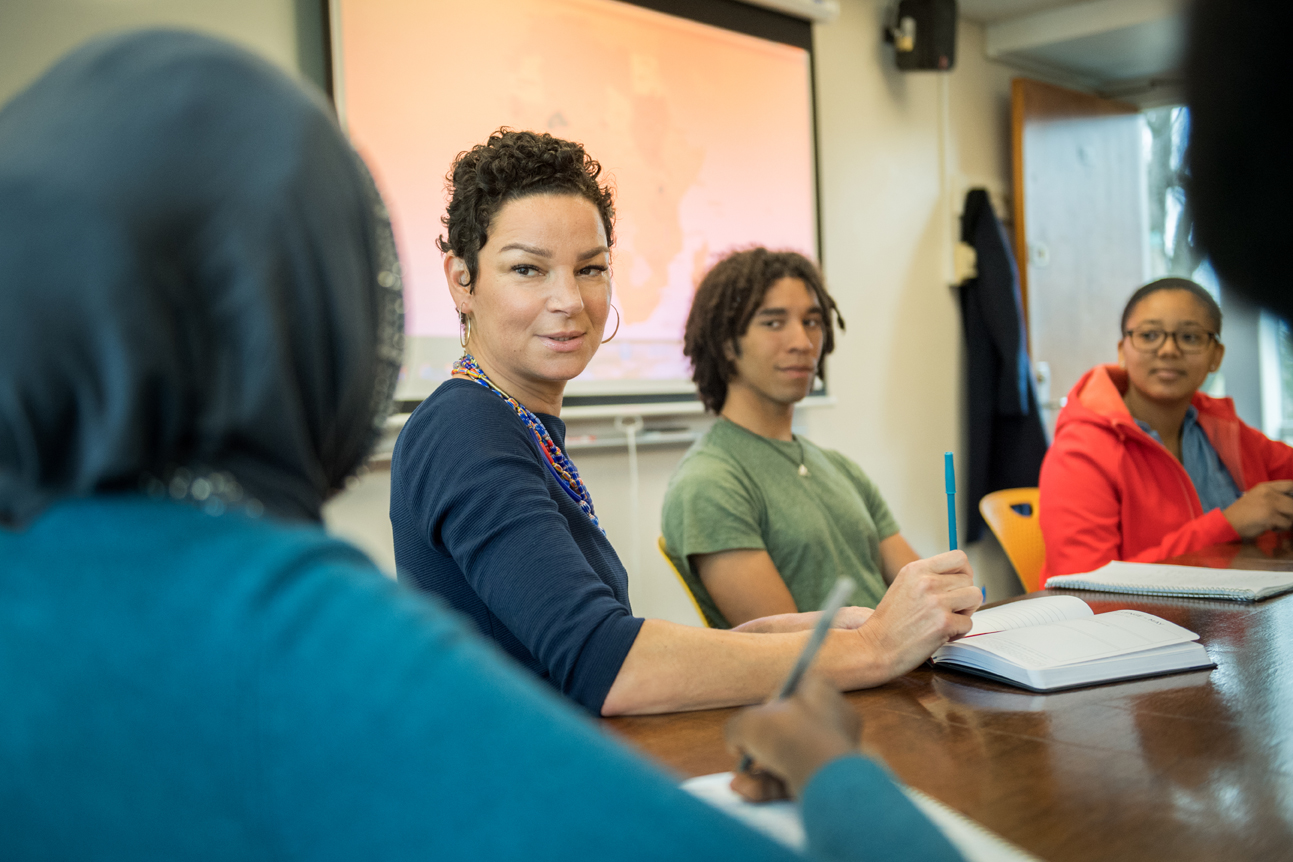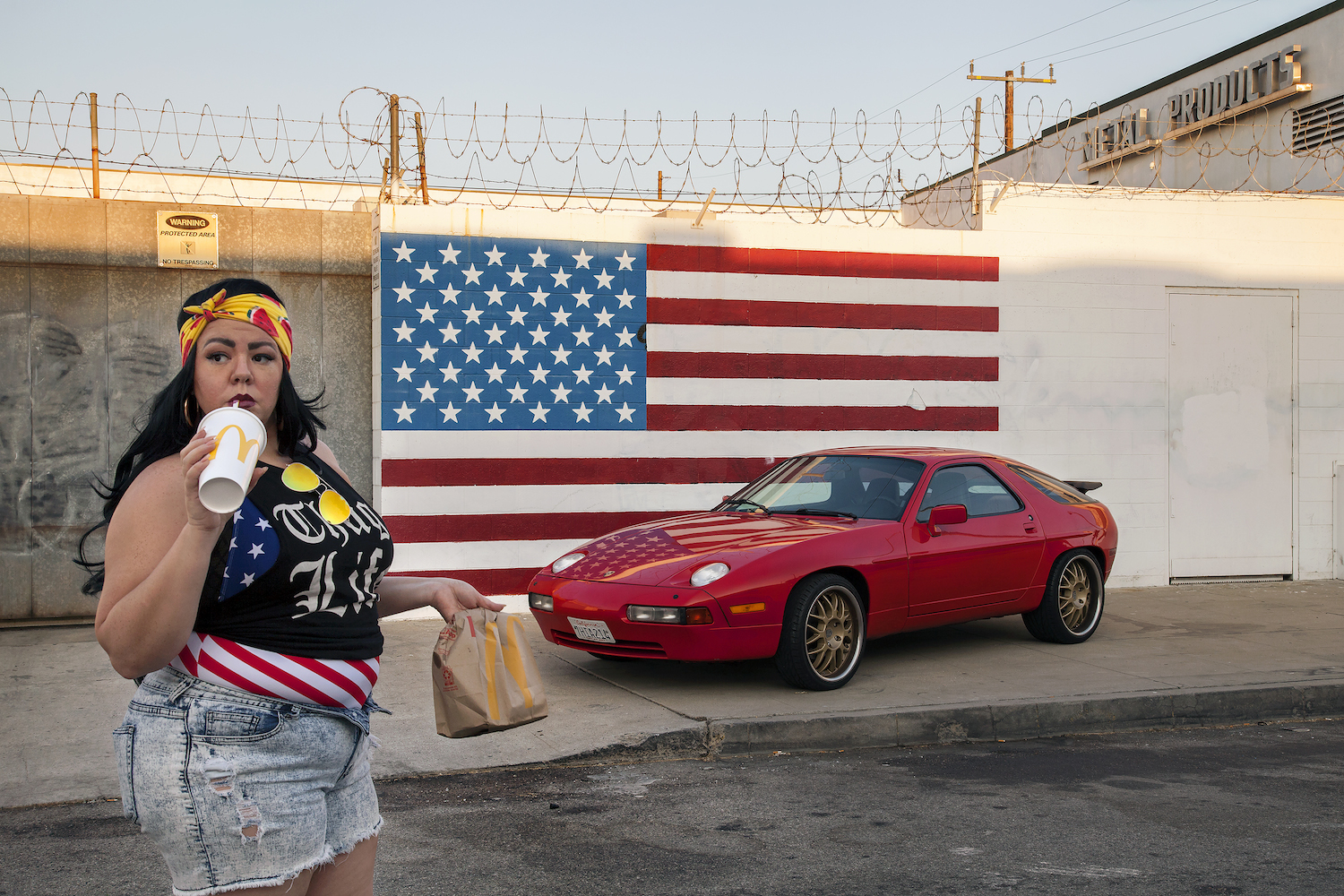Midwest Home to Most of the Counties With Decreases in Median AgePosted in Articles, Census/Demographics, Media Archive, United States on 2018-06-21 15:42Z by Steven |
Midwest Home to Most of the Counties With Decreases in Median Age
United States Census Bureau
2018-06-21
Release Number: CB18-78
JUNE 21, 2018 — Approximately half (51.4 percent) of the nation’s 531 counties that were getting younger between April 2010 and July 2017 were in the Midwest, according to newly released 2017 population estimates. Out of the counties that were getting younger, the South also had a high proportion (32.4 percent) of the counties that experienced a decrease in median age — the age where half of the population is younger and the other half is older— followed by the West (14.1 percent), and the Northeast (2.1 percent).
“Nationally, almost 17 percent of counties saw a decrease in median age from April 2010 to July 2017. The majority of the counties getting younger were in the Midwest, and of these counties with 10,000 people or more in July 2017, some of the largest decreases were in North Dakota, South Dakota and Nebraska,” said Molly Cromwell, a demographer at the U.S. Census Bureau. “Williams County, N.D., had the largest decrease in median age, declining by 7.1 years.”
Despite the decrease in median age in many of the Midwest’s counties, a majority of counties in the country continued to grow older. The nation as a whole experienced a median age increase from 37.2 years to 38.0 years during the period 2010 to 2017. This continued aging of the country is consistent with the projected changes to the nation’s population through 2060.
“Baby boomers, and millennials alike, are responsible for this trend in increased aging,” Cromwell said. “Boomers continue to age and are slowly outnumbering children as the birth rate has declined steadily over the last decade.”
Last year, Florida had the largest percentage of seniors (age 65 and older) with 20.1 percent, followed by Maine (19.9 percent) and West Virginia (19.4 percent). Maine also saw its median age increase to 44.7 from 42.7 years old in 2010, making it the state with the highest median age.
On the other hand, Utah had the smallest percentage of its population age 65 and older (10.8 percent), followed by Alaska (11.2 percent) and the District of Columbia (12.1 percent). Utah is also the state with the lowest median age (30.9 years).
View our graphics on change in median age from 2010 to 2017 at the county level and the median age in 2017 to see how the nation has changed…
…The Two or More Races Population
- Those who identify as two or more races made up the second-fastest growing race group (2.9 percent) in the nation. Their growth is due primarily to natural increase.
- The two or more races group had the youngest median age of any other race group at 20.4 years.
- California had the largest two or more races population (1.5 million) and Hawaii had the highest proportion (23.8 percent)…
Read the entire article here.






